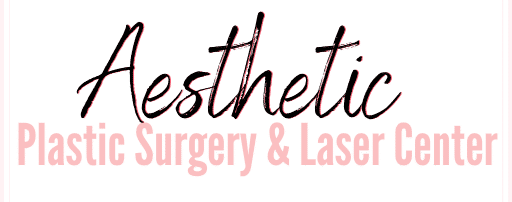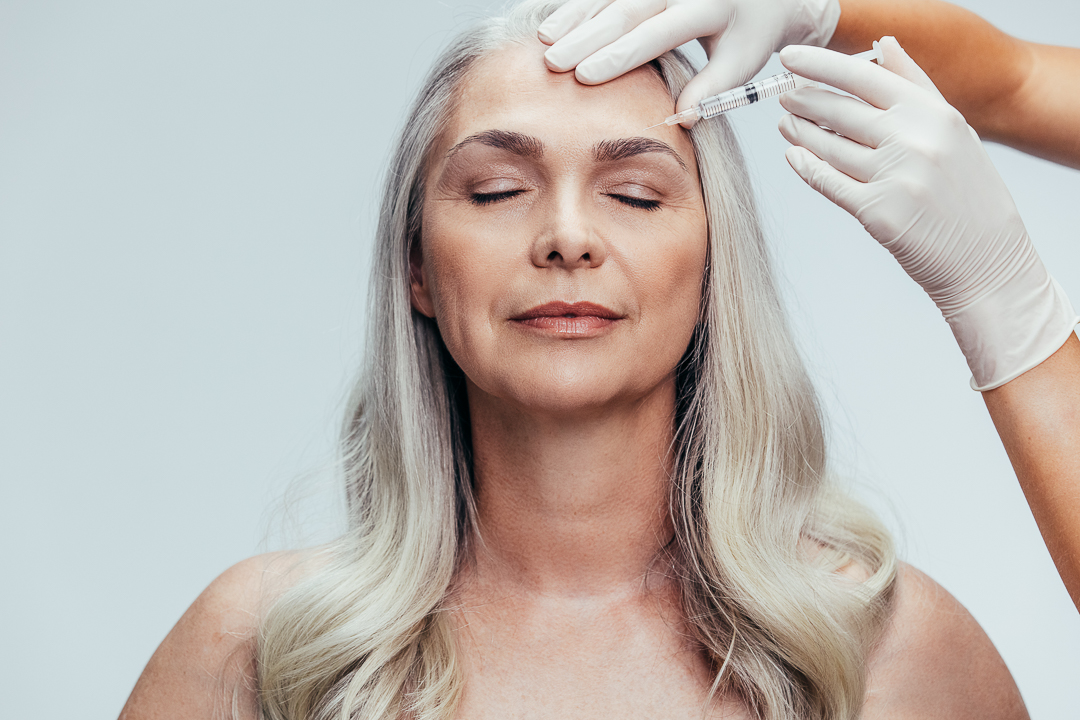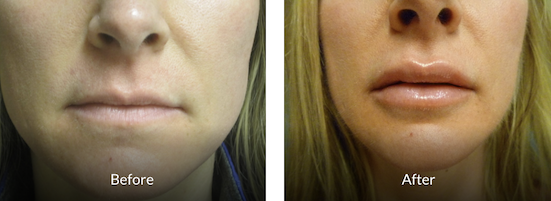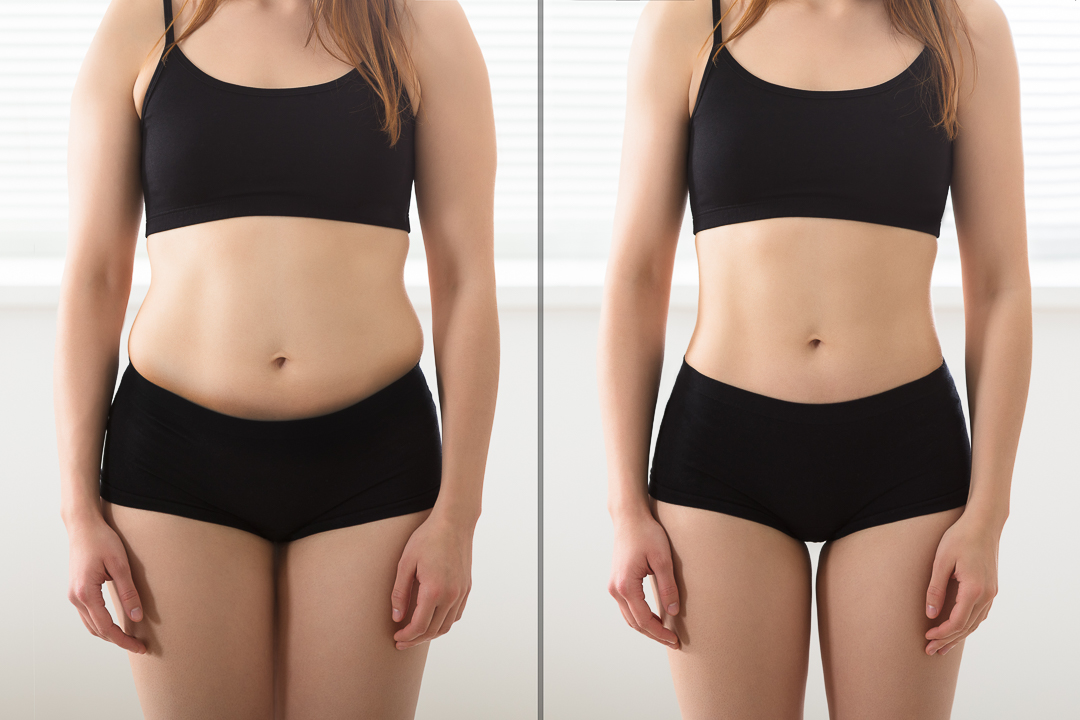
Aesthetic Plastic Surgery & Laser Center, Michelle Hardaway M.D.
Trusted Plastic Surgeon in Michigan
Meet Michelle Hardaway , M.D., F.A.C.S.:
Dr. Michelle Hardaway is a highly experienced, board-certified plastic surgeon with over 30 years of expertise. She provides a range of surgical and non-surgical cosmetic procedures to help patients achieve their aesthetic goals.
Dr. Hardaway’s areas of expertise include:
- Face and Neck
- Body Contouring
- Breast Surgery
- MInimally Invasive
- And more
She takes pride in delivering natural-looking results that are tailored specifically to each patient through a customized treatment plan. Her before-and-after photos showcase her artistic skill and talent as a surgeon.
Beyond her surgical practice, Dr. Hardaway serves as an Assistant Clinical Professor of Surgery at Wayne State University. She stays current on the latest advancements in cosmetic surgery and wound healing techniques. Dr. Hardaway is dedicated to providing the highest level of care and optimal outcomes for all of her patients.
Some of our Michigan Plastic Surgery Procedures
Body Contouring Surgery
Body Contouring Plastic Surgery
Body contouring surgery covers a range of procedures that are designed to change the shape of the body. These plastic surgery procedures use both surgical and non-surgical methods to alter body contours. The goals are to remove excess fat, tighten loose skin, and enhance the overall shape of the body.
Common body contouring procedures include:
- Liposuction – Removes fat from specific areas of the body
- Body lifts – Tightens loose, sagging skin, often after major weight loss
- Tummy tucks – Flattens the abdomen and tightens abdominal muscles
- Mommy makeovers – A combination of procedures to reshape the body after pregnancy
- Brazilian butt lifts (BBLs) – Transfers fat to enhance the size and shape of the buttocks
There are also several non-surgical options for fat reduction and contouring.
Dr. Michelle Hardaway offers specialized body sculpting and contouring services for both men and women. Her surgical offerings include liposuction, mommy makeovers, body lifts and more. She also provides non-surgical fat reduction treatments. Dr. Hardaway helps patients regain confidence post-pregnancy or weight loss, reduce enlarged male breast tissue, or simple liposuction procedures.
Before and After Body Contouring Gallery
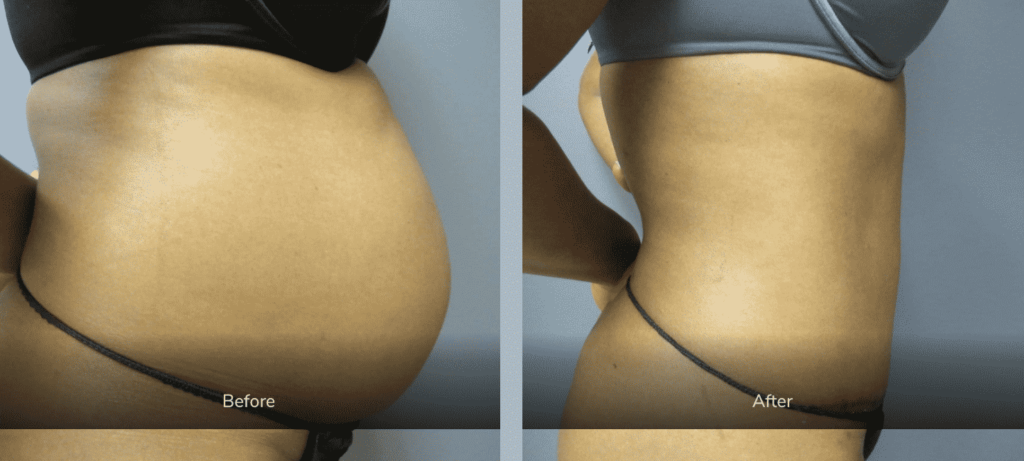
Breast Plastic Surgery
Breast Enhancement Plastic Surgery
Breast plastic surgery surgery includes various procedures to enhance the appearance of the breasts. Options include breast augmentation, lift, reduction, and reconstruction.
These procedures can:
- Increase size with implants (augmentation)
- Reshape and lift sagging breasts (mastopexy)
- Reduce breast size (reduction mammaplasty)
- Restore breast shape and contour after surgery or defects (reconstruction)
- Breast Augmentation
- Uses implants to increase breast size
- Breast Lift (Mastopexy)
- Reshapes sagging breasts by tightening tissue
- Breast Reduction
- Removes excess fat, skin, and glandular tissue to reduce size and discomfort
- Breast Reconstruction
- Restores shape and appearance after: ° Mastectomy ° Lumpectomy ° Congenital defects
- Augmentation with Lift
- Combines implants with mastopexy to reshape and resize breasts
Dr. Hardaway guides patients in selecting the appropriate procedures and implants to achieve optimal, natural-looking results suited to their anatomy and goals.
The options include enhancing size, lifting sagging tissue, reducing large breasts for proportion and comfort, or reconstruction after cancer treatment or congenital issues.
Michigan plastic surgery patients are welcome to consult Dr. Hardaway to discuss the personalized breast surgery alternatives available.
Before and After Breast Surgery Gallery
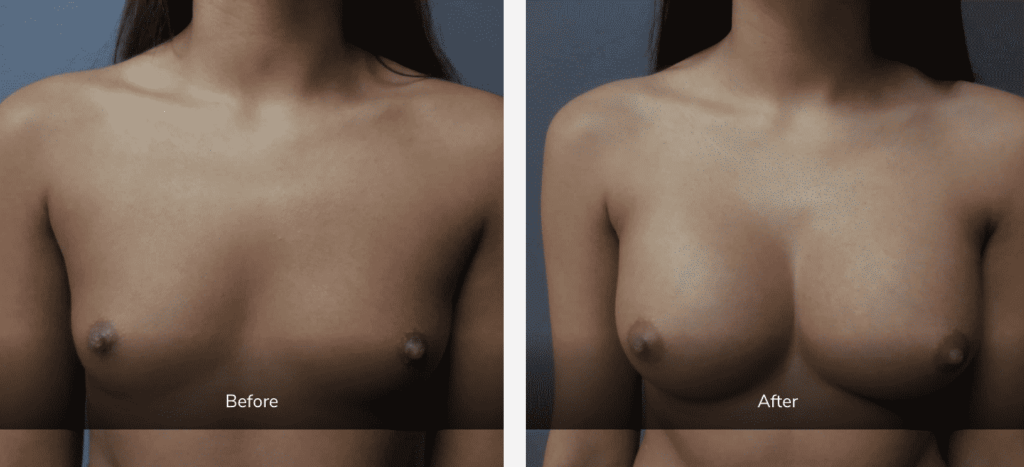
Face and Neck Plastic Surgery
Face and Neck Plastic Surgery
Face and neck plastic surgery consists of various procedures to provide a more youthful facial appearance. These can include:
- Cheek augmentation
- Facelifts
- Fat transfers
- Combined procedures
Liposuction treats the double chin area by removing fat deposits under the chin and along the neck.
Lip Augmentation
Full, shapely lips with a defined border are often seen as beautiful and youthful. Lip augmentation enhances lip shape and volume for a plumper, younger look.
As we age, lips thin out, lose shape and the cupid’s bow flattens. This can be especially noticeable for those with naturally thin lips.
Surgical options for lip enhancement include:
- Fat grafting
- Gore-Tex or Alloderm implants – provide definition and border
Lip augmentation suits those seeking to:
- Enhance the lips they were born with
- Restore age-related lip changes
When consulting Michigan plastic surgeon Dr. Hardaway about lip augmentation, she presents both nonsurgical (injectable fillers like Juvederm) and surgical options.
Eyelid Lift (Blepharoplasty)
An eyelid lift (blepharoplasty) removes under eye bags and treats drooping eyelids.
Nose Surgery (Rhinoplasty)
Rhinoplasty reshapes the nose by altering size, bridge width, nostril size, humps and tip projection.
Brow Lift
A brow lift specifically tightens forehead skin, unlike a full facelift.
Neck Lift
A neck lift (lower rhytidectomy) tightens loose, sagging skin around the chin and neck.
Fat Grafting
Fat transfer to the face is commonly paired with a facelift. Following post-op instructions optimizes fat graft survival.
Ear Surgery (Otoplasty)
Otoplasty changes the shape, position or size of the ears, often to pin back protruding ears.
Facial Implants
Cheek, chin and jaw implants augment facial shape and structure.
Face and Neck Surgery Before and After Gallery

Minimally Invasive Facial Rejuvenation
Minimally Invasive Plastic Surgery
Minimally invasive facial rejuvenation plastic surgery procedures enhance appearance without surgery. Small incisions or non-invasive treatments like microneedling or fillers alter the look of the face.
Non-Surgical Options
Non-surgical options improve facial appearance without major surgery. These include:
- Chemical peels
- Radio frequency skin tightening
- Laser skin resurfacing
- Dermal fillers
- Neurotoxin injections (Botox)
Profound RF Microneedling
Profound radiofrequency microneedling reduces fine lines, lifts sagging skin, and refreshes overall facial appearance. It boosts natural collagen, hyaluronic acid and elastin. One session can yield noticeable improvements within weeks, with final results at 6 months. Improvements are long-lasting.
Fraxel Laser Skin Resurfacing
Fraxel is a fractional laser that resurfaces skin and evens out tone and texture. It creates small wounds to stimulate collagen and cell renewal. It treats sun spots, scars, wrinkles, hyperpigmentation and has a 1-3 day recovery. Multiple sessions 2 weeks apart provide optimal improvements that can last years.
Botox for Wrinkles
Botox temporarily paralyzes facial muscles to smooth appearance of wrinkles. Regular touch-ups every 3 months maintain results. Botox also has medical uses like smoothing forehead lines or treating migraines.
Fillers for Facial Lines
As we age, losing facial elasticity causes wrinkles and sagging. Dermal fillers replace lost volume, filling in problem areas. They are ideal for fine lines that resist camouflage.
Laser Hair Removal
Laser hair removal targets follicles to prevent regrowth. It permanently removes unwanted hair on the body after several treatments. Safety and results depend on an individual’s skin tone and hair color.
Spider Vein Treatment
Small purple or red veins on the legs, called spider veins, often require treatment. Causes include pregnancy, weight changes or genetics. Lasers or sclerotherapy injections can remove them. Compression stockings and elevation help prevent more from developing.
Chemical Peels
Glycolic acid peels smooth skin by removing damaged outer layers. They treat wrinkles, acne, scars and discoloration on all skin tones. After application, some tightness and stinging is normal. Sun protection is vital afterwards.
Microdermabrasion vs Dermabrasion
Microdermabrasion uses crystals to gently polish skin, making it a good choice for treating acne scars and spots on darker skin. Dermabrasion sands away skin layers and works well for deep scars on fair skin. Both stimulate new collagen. Recovery takes about 24 hours.
Sublime Skin Tightening
Sublime’s bipolar radiofrequency and light energies boost natural collagen. Multiple sessions build a cumulative effect for younger looking skin. Discomfort is minimal. All skin tones can be effectively treated.
Before and After Minimally Invasive Gallery

APRIL SPECIAL
15% off of laser hair removal
Laser hair is a powerful yet gentle laser hair removal treatment for all skin types.
Before and After Gallery
Our State of The Art Facility
The plastic surgery office of Dr. Michelle Hardaway is conveniently located in Farmington Hills, Michigan. Our state-of-the-art facility provides a comfortable, private environment for consultations and procedures.
Farmington Hills is centrally situated in the Metro Detroit area, making our office easily accessible to patients from across Michigan. We are located near major highways and just 30 minutes from Detroit Metropolitan Airport.
Our office was designed with our patients’ experience in mind. We offer a spa-like atmosphere with calming decor and ample natural lighting. Each private consultation room allows you to discuss your goals and options in complete confidence.
Our onsite operating rooms are equipped with advanced technology and staffed by experienced medical professionals. We only use board-certified anesthesiologists to monitor you throughout any procedure. This ensures the safest, most comfortable experience possible.
At our Farmington Hills facility, Dr. Hardaway and her team have performed thousands of successful cosmetic procedures. We look forward to providing individualized care tailored to help you look and feel your best. From your initial consultation to your final follow-up, you can trust us to deliver beautiful, natural-looking results.
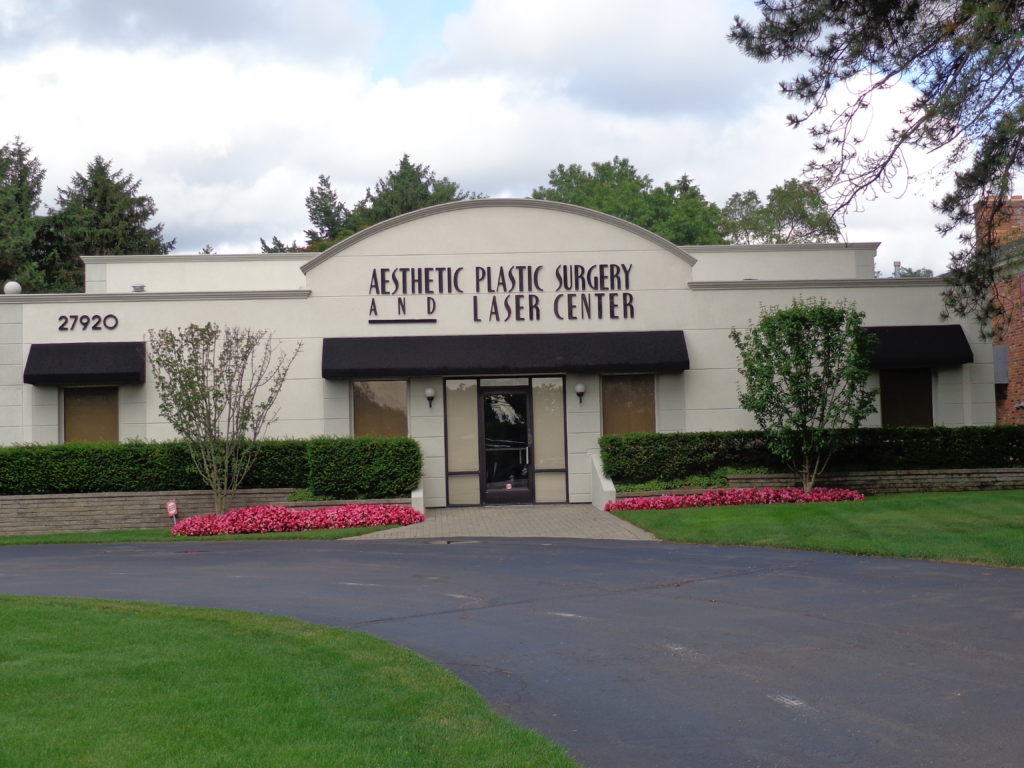
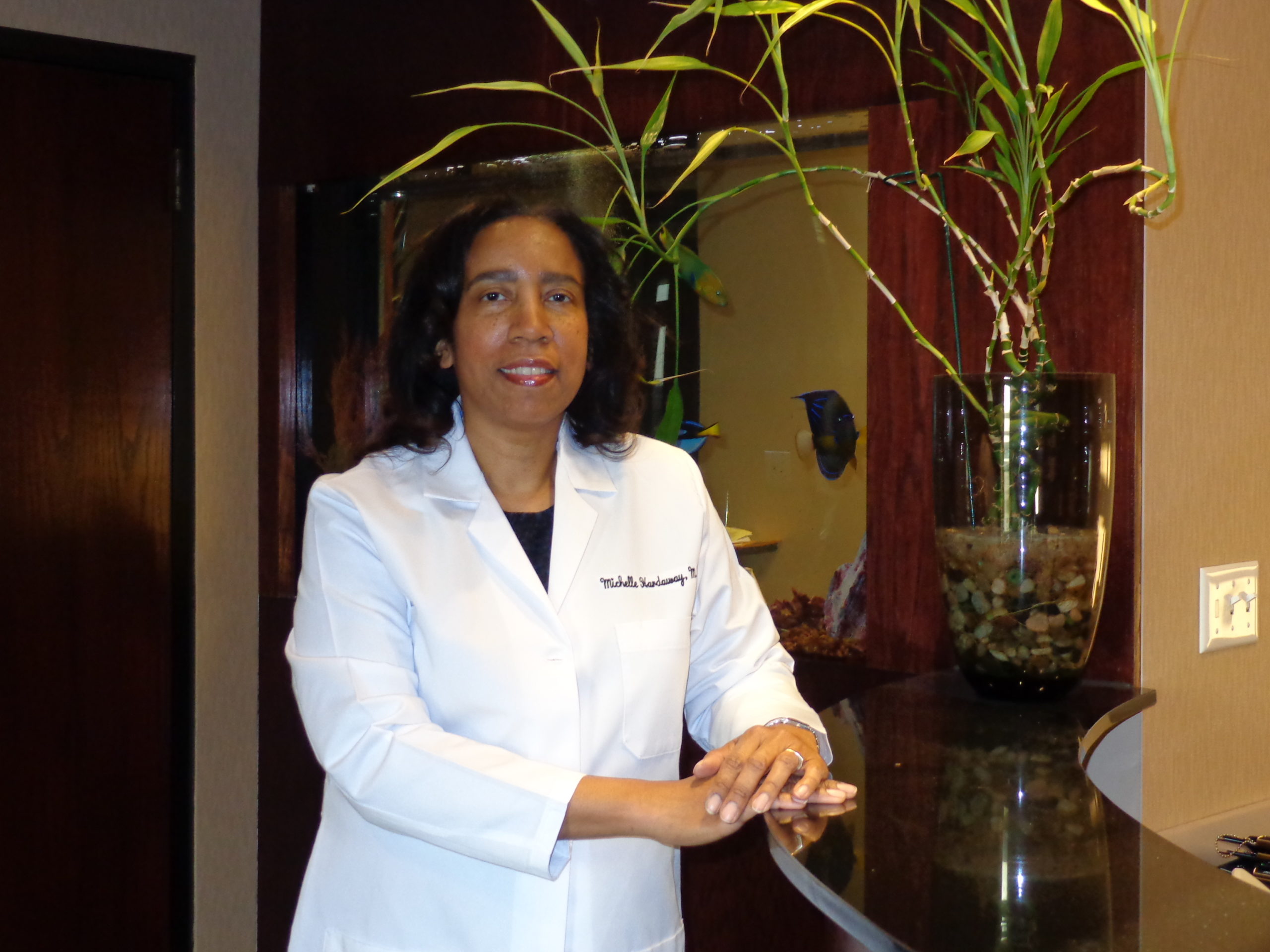
Consultations
At our Michigan practice, your comfort and confidence is our top priority. That’s why Dr. Michelle Hardaway and her caring staff provide personalized consultations to all prospective patients.
During your initial consultation, you’ll meet with Dr. Hardaway in a relaxed, private setting to discuss your aesthetic goals. She’ll listen closely to understand your concerns and expectations. You’ll have the opportunity to view before-and-after photos of her actual patients, so you can get an idea of the beautiful, natural-looking results Dr. Hardaway is known for.
Dr. Hardaway will then perform a physical examination, evaluate your medical history, and make recommendations on which procedures can help you achieve your goals. She’ll answer any questions you have about safety, recovery time, and projected outcomes. You’ll also discuss the intricacies of the procedure itself so you know exactly what to expect.
Our consultations are completely confidential and we want you to feel fully informed before deciding if cosmetic surgery is right for you. Dr. Hardaway’s caring bedside manner and wealth of experience put patients at ease right from the start.
Schedule your private consultation today to meet with one of Michigan’s top plastic surgeons. Discover how cosmetic procedures can restore your confidence and help you look as youthful as you feel.
Financing
At our practice in Michigan, we understand that cosmetic surgery can be a major investment. That’s why we’re committed to working with you to make your procedure affordable.
We accept cash, checks, and major credit cards. We also offer financing plans through reputable medical lending companies like CareCredit that allow you to pay for your procedure over time with fixed monthly payments. These plans are easy to apply for and often have special financing offers with no upfront costs, no prepayment penalties, and no annual fees.
During your consultation, we’ll review all of the financing and payment options available to you. Our staff will explain the plans in detail and help you choose the option that fits your budget. We’ll do everything possible to help you move forward with a treatment plan you’re comfortable with.
Investing in yourself and your appearance can be life-changing. With our flexible payment options, transformative cosmetic procedures are within your reach. Contact our Michigan office today to learn more about financing your treatment.
